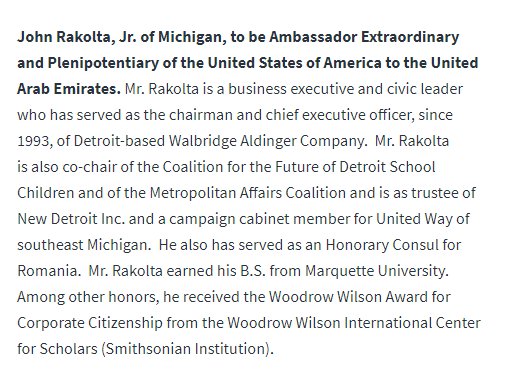What is key to dialogue? 1. Pay attention to how people speak.
Exercise: record a family conversation and transcribe what people say. Different generations, ages, backgrounds. Start to see how people talk. eg Gilmore Girls, Joss Whedon, Quentin Tarantino
2. Good dialogue only evokes how people really talk. You don’t want to write how people really talk (um, uh, cussing). Straddle the line between how people really talk and how we wish they’d talk.
3. Make each character’s voice distinct. Their backgrounds will do this to a point. Characters are going to mirror each other in conversation. Characters also code switch in different situations and environments.
Dialogue vs. Conversation. Conversation is any exchange of information. Dialogue is conversation always pointed towards solving a problem or reaching a goal. Characters don’t talk just for the sake of talking. Tool to achieve their goals.
Dialogue brings a character to life, ratchets up tension, brings to a climax. a) moving the story forward. b) giving information (Fine art of exposition). c) contributing to characterization.
Exposition is a horrible use of dialogue, usually. it has to be in service of action. Maintain the promise of the hook. Remind people of information they may have forgotten, though people don’t generally have conversations about things they already know
Everyone has an agenda. Dialogue is gamesmanship. Dialogue is more about hiding than revealing. Dialogue is a form of interrogation. We’re people: we manipulate the conversation to get to the result we want.
Using dialogue to create tension. Tension is a diffuse, general state of anticipation. Suspense is a specific anticipation between clearly opposed outcomes. - doi.org/10.3389/fpsyg.…
When using conversation to create tension: define the overarching conflict: What is the stake in this scene? Hold suspense/tension: 1) stability gets broken. Set characters in opposition to each other; 2) loss of control, 3) build and stretch
An implied threat delivered with a smile creates more uncertainty. There’s no terror in the bang, only in the anticipation of it (Hitchcock). You must let the audience have the information. The longer you go, the more suspense turns to dread.
Using dialogue to help create subtext. Three dimensions:
- text: words out of their mouth
- subtext: emotional charge of an idea, the meaning beneath the words
- context: circumstances before, during, after, power dynamics, worldview
Subtext is what do your characters want, and what do they feel about what they want?, lack of it leads to on-the-nose dialogue where characters say exactly what they feel. You want to have the audience put the pieces together so they are more invested
Exercise 2: talking head first draft
Conversation between characters A & B. No dialogue tags (setting, said, asked)
- Determine their initial relationships
- Choose an argument topic
- Identify their literal feelings
- Imply those feeling through dialogue
Exercise 3: talking heads round 2. Add context clues. Setting: does setting add to conflict, convey mood, Movement: people react, nervous habits, tone, etc., convey body language, Nuance: create contradiction between words and body language, Speech tags
@MauriceBroaddus: too many dialogue tags may indicate the voices isn’t strong enough/interchangeable. When boring, add a joke or insert something that’s completely sideways.
#WXR18
@MauriceBroaddus : Wrong author to ask! Buffalo Soldier is characters telling stories. As long as the story is interesting, revealing bits of character and helping to prop up the theme. #WXR18
@MauriceBroaddus: Comic books have suspension of disbelief. Authentic fight scenes are too short for banter. They still have to reveal character and motivations, probably not dialogue. #WXR18







